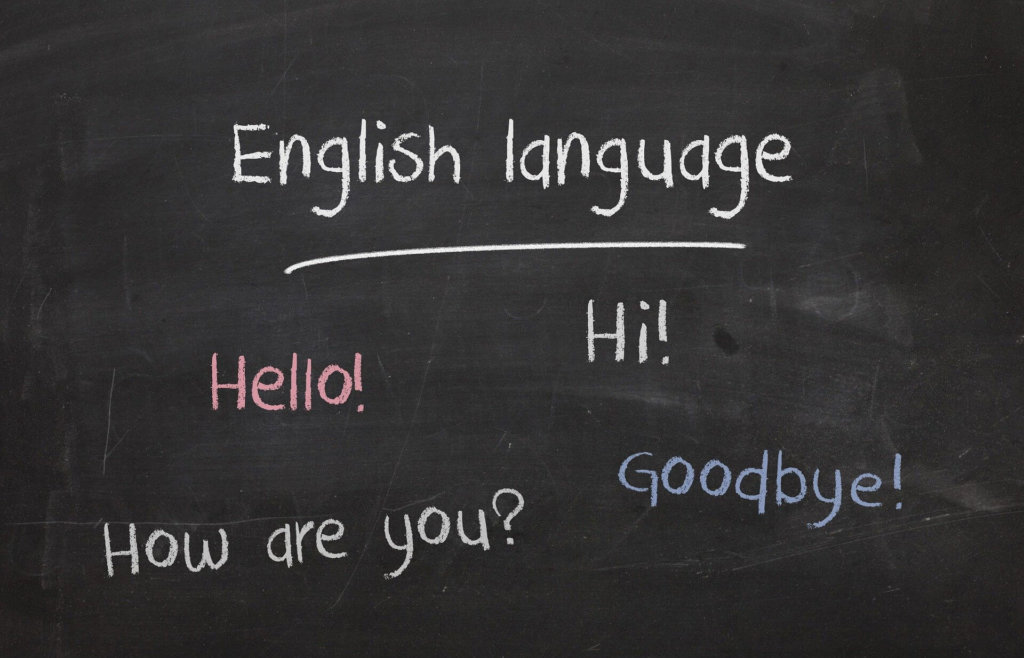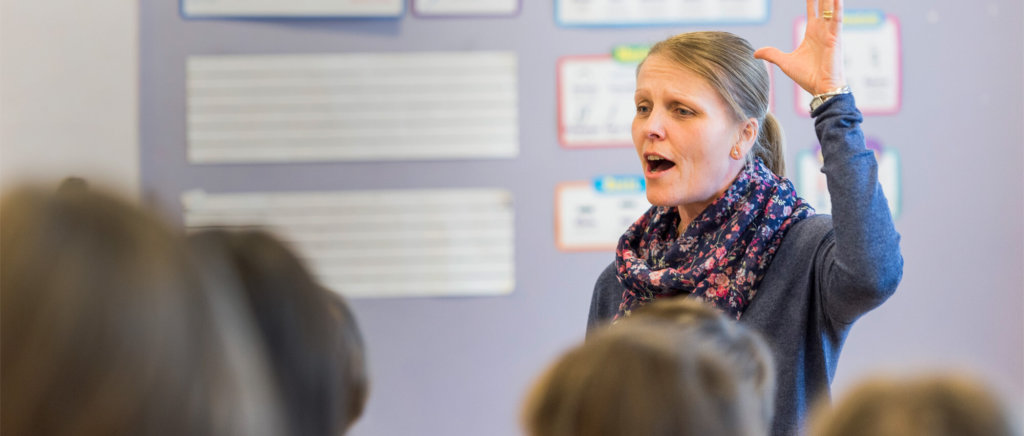
What is bilingual education?
The essence of a bilingual education is not simply the process of learning and studying two languages as discrete subjects; it is the incorporation of the language into the actual teaching process. Teaching language in context creates a more meaningful and relevant platform for developing and long-term retention of both language and the content that is introduced during the lessons.
Most of the world’s population is bilingual and in recent decades the international educational community has begun embracing the potential and positive effects of bilingual education. Bilingual programs have formally existed in many shapes and forms for over 50 years. You can find bilingual program in many countries around the world including Canada (French immersion), Switzerland (Italian, German & French) and too many more countries to mention each individually. In addition, there is robust research and support material to guide teachers and administrators through the implementation process of providing a bilingual education experience.

What does it look like in practice?
The most common forms of two-way dual language education programs are the 50/50 model and a lesson common 90/10 model. In both of these models the Language 1 (L1) and Language 2 (L2) instruction are divided up with a percentage of instruction assigned to L1 and the remaining percent to L2. The 90/10 program is often used in a language minority environment, like Canada where the greater community speaks English so the L2, French, is used as the primary language of instruction during the early years of education and then slowly phases to a more balanced 50/50 approach.

The most prolific model by far is, however, the 50/50 model where subjects are identified to be taught in the L1 and other subjects are taught in the L2 language. In the case of Sweden, the L1 is Swedish and the L2 is most often English, but German and French dual immersion programs also exist. This model can also be gradually introduced as the student become more proficient and confident the percent of L2 instruction increases to a max of 50 percent.
In Sweden school law prohibits dual-language instruction to exceed 50 percent unless the school has received a permit to run as an international school catering to families who are living in Sweden temporarily.
Code-switching in a dual-language classroom
One of the most essential ingredients in the bilingual classroom is building confidence and fluency. In order to do this effectively students need to build up confidence and willingness to express themselves. Linguists have long referred to the movement from one language to another, sometimes in the same sentence, as code-switching. Code-switching is often viewed negatively by outsides and interpreted that the individual cannot use either language “properly”. However, code-switching is a natural part of the language-development process and should be allowed in a classroom and beyond in order to encourage building confidence and fluency. As the language skills of the student develops the code-switching will often slow down and completely stop. But during the early phases of language development code-switch helps language learners access a richer vocabulary and to communicate more effectively.
Benefits of dual-language learning
1) Cross-cultural understanding
Dual-language instruction fosters a broader perspective on issues and the development of knowledge which consequently promotes cross-cultural understanding and respect. Students learning starts with their own contexts, but through dual language instruction they are exposed to how contexts and perspectives varies based on geographical and cultural variables that affect one’s world view. This is a natural effect within a dual-language classroom, helping student to developing empathy and understand for people who are different than themselves.
2) Linguistic benefits
Although linguistic benefits are obvious, it is still important to mention. Developing a second or even third or forth language allows students to communicate from a more rich and variable palette of language expression. And learning within the contexts of the classroom creates a platform for students anchor their new knowledge (vocabulary & syntax) which ultimately promotes retention of language over a longer period of time after the language instruction has come to and end.
3) Cognitive benefits
The research pointing to cognitive benefits of dual-language learning is robust. Research on various populations-age, socio-economic and culture variations-have found again and again that dual language individuals show slight gains in cognitive tests. Student attending dual-language school are also more likely to attend and thrive in university studies.
Interested in reading more about bilingual education?
Cognitive benefits of bilinguals https://www.pnas.org/content/106/16/6556#ref-15 (retrieved 3/06/2021)
The Effects of Bilingual Education Programs on English Language Learners. ASCD, international education research center. http://www.ascd.org/publications/researchbrief/v2n05/toc.aspx (retrieved 3/06/2021)
The Cognitive Benefits of Being Bilingual. Dana Foundation.
https://dana.org/article/the-cognitive-benefits-of-being-bilingual/ (retrieved: 3/07/2021)
Hamayan, E., Fenesee, F., & Cloud, N. (2013) Dual Language Instruction from A to Z: practical guidance for Teachers and Adminstrators.
Mehisto, P. ((2014) Excellence in Bilingual Education: a guide for school principals.
Freeman, Y., Freeman, D., Mercuri, S. (2018) Dual Language Essentials for Teachers and Adminstrators.